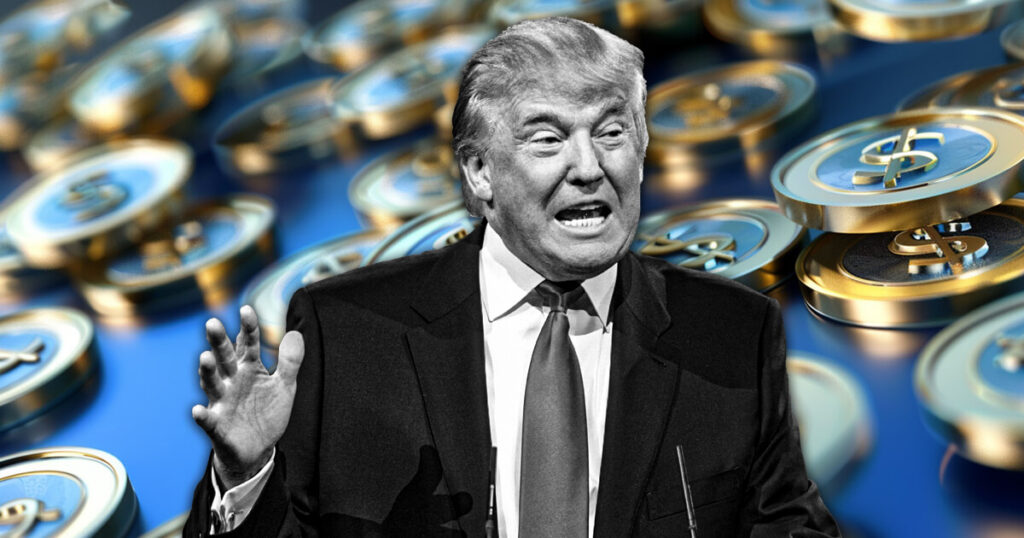President-elect Donald Trump is reportedly considering adding US-developed digital currencies like Ripple’s XRP and Solana to his proposed national crypto reserve, according to a report by the New York Post on Jan. 16. This move is in line with his promise to establish a Bitcoin reserve and implement other crypto-focused policies to bolster the US digital economy.
Trump’s campaign prominently featured Bitcoin, but recent reports suggest that he may also prioritize assets with American origins. Meetings between Trump and leaders from Ripple and other crypto projects have fueled speculation about including digital assets like XRP, USDC, and Solana in the reserve. Ripple executives, including CEO Brad Garlinghouse, recently attended a private dinner hosted by Trump at his Mar-a-Lago residence.
The inclusion of these US digital currencies would demonstrate Trump’s commitment to promoting American innovation and align with his “America-first” approach, which aims to support domestically created products. However, some insiders warn that diversifying the reserve could potentially diminish Bitcoin’s prominence as the primary digital currency in US policy.
During his campaign, Trump outlined plans to position the US as a global leader in Bitcoin adoption by enhancing domestic mining capabilities and establishing a strategic national reserve with the top crypto.
The possibility of prioritizing US digital currencies has sparked debate within the crypto community. While advocates see it as a significant win for American blockchain projects, skeptics like David Bailey, CEO of Bitcoin Magazine, dismiss the reports as unsubstantiated. Bailey even compared the idea to calling Ripple “Kamala coin.”
Alexander Grieve, a government affairs expert at Paradigm, advised caution and urged the public to treat such claims with skepticism unless confirmed by Trump or his administration.
In conclusion, the potential inclusion of US digital currencies in Trump’s national crypto reserve has generated mixed reactions within the industry. As the debate continues, it remains to be seen how this development will impact the broader crypto landscape and US digital economy.

